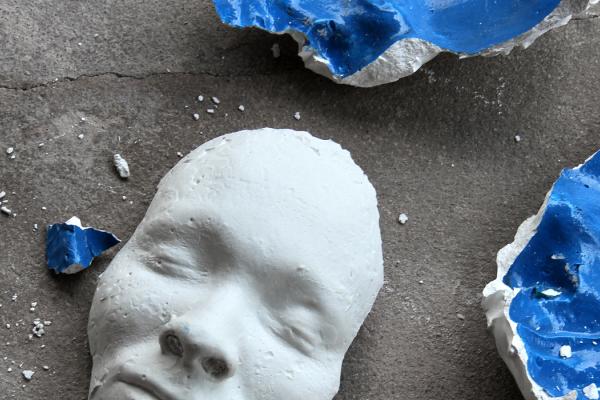When I used to work full time as an anti-violence crisis counselor, another counselor confided in me that she was currently being battered by her partner. She did not want anyone to know because she feared losing her job. “People won’t think I have my act together enough to be in this movement if they know what I am going through,” she explained.
She was part of an anti-violence movement that she did not feel would support her. She had to address this violence on her own.
I was part of a larger collective that organized human rights/legal training for Native boarding school survivors. Frequently, survivors would drive hundreds of miles to attend, at considerable expense, because they really wanted this information. But when they arrived at the training, flashbacks from their years of boarding school abuse prevented them from walking through the door.
A healing movement for boarding school survivors was being created that did not actually create space for survivors.
In my years of organizing in the anti-violence movement, these experiences taught me that by privatizing healing, we were building a movement that continued to structurally marginalize survivors.
We had built movements that were supposed to be led by badass organizers who were “healed” and thus had their acts together – and if we in fact did not have our act together, this was an indication that we had not healed sufficiently to be part of the movement. Healing was relegated to the “private” sphere and became unacknowledged labor that we had to do on our own with a therapist or a few friends. The result was a gendered, racialized, and economic split in how we organized.
Of course, since we continued to have problems, we continued to destroy our own organizing efforts internally with no space to talk about what was going on. Indigenous organizer Heather Milton-Lightning once prophetically declared at an Indigenous Women’s Network gathering many years ago that our movements were shunning people who might have issues like substance abuse. She called on us all to embrace whoever wants to be part of our movements as they are rather than as who we think they should be. The challenge for us, she noted, was to build movement structures around the people we really are.
We are not unaffected by the political and intellectual work that we do. And no one goes through 500 years of genocide and white supremacy undamaged. Consequently, organizing work and healing cannot be separated. We do not have to be silent about one’s healing journey – that one’s healing can occupy public and collective spaces. And healing can only truly happen when we take collective responsibility for creating structures and practices that enable healing.
Of course, all organizing strategies and practices can be co-opted. As Dian Million so brilliantly details in Therapeutic Nations: Healing in an Age of Indigenous Human Rights, the colonial state has attempted to co-opt indigenous healing movements by framing Indigenous nations as dysfunctional people requiring therapeutic healing provided by the state rather than as nations requiring decolonization.
And yet, as she also details, the fact of this co-option cannot make us lose sight of the interventions made by Indigenous healing movements, particularly those made by Indigenous feminists.
These movements have demonstrated that historical trauma impacts us on the individual and collective level. We cannot decolonize without centering the impact of trauma in our organizing. Rather than privatize our traumas, how can we rearticulate trauma as place from which to develop what Million calls “felt theory” – a place from which to understand our social and political conditions?
Many organizing practices we develop will be co-opted in order individualize and domesticate their potential impact on movement-building. But this reality should not make us lose sight of our larger vision of building holistic movements for justice. In the end, the questions we are left with include: What are the organizing practices and strategies for building movements that recognize that settler colonialism, capitalism, white supremacy, and heteropatriarchy have not left us unscathed? How do we create spaces to experiment with different strategies, as well as spaces to openly assess and change these strategies as they inevitably become co-opted? How do we create movements that make us collectively accountable for healing from individual and collective trauma? How do we collectively reduce harm in our intellectual and political spaces? And finally, how can we build healing movements for liberation that can include us as we actually are rather than as the peoples we are supposed to be?
In addition, when we center healing, we remember that our struggles for social justice are not just about opposing things we do not like, but building the world we would actually like to live in. So many people do not join the hard work of organizing because they see only what they might lose and not what they would gain in world without oppression. That’s why the process is as important as our goal of social justice. Instead of waiting for the infinitely deferred “revolution,” we can start living the revolution now so people can have a taste of what a better world can be.
We need to build movements in which we receive as much as we give. How can we build a revolution that is so much fun, people won’t be able to wait to join?
Got something to say about what you're reading? We value your feedback!
